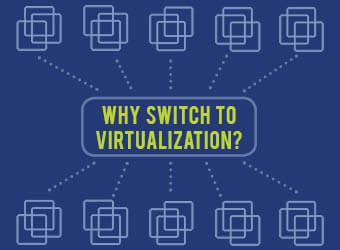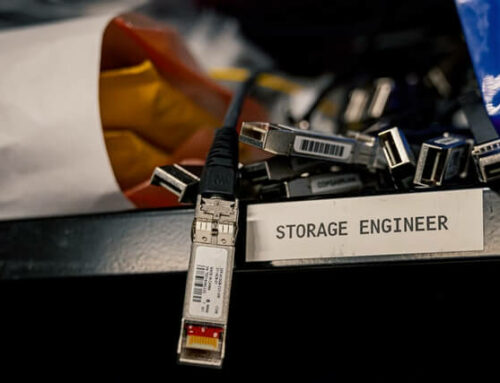Over the past several years, businesses around the world have increasingly been virtualizing servers, applications and desktops. That adoption has been occurring so rapidly that technology research firm Gartner estimates that at least half of businesses globally have deployed some form of virtualization.
What is Virtualization?
Virtualization is the process of creating a virtual, rather than physical, version of something. This can apply to computers, operating systems, storage devices, applications or networks.
The way it works is software simulates the existence of hardware and creates a virtual computer system. This allows businesses to run more than one virtual system, including multiple operating systems and applications, on a single server, which can provide greater efficiency.
Why Switch to Virtualization?
Making the switch can help businesses increase IT agility, flexibility and scalability, while creating significant cost savings. Virtualization allows workloads to get deployed faster. In addition, performance and availability increases and operations become automated, resulting in IT that’s simpler to manage and less costly to own and operate.
The top reasons why IT owners choose to virtualize include:
- Business process improvements;
- Return on investments;
- Improved security and risk management; and
- Reduction in operational expenditures.
Why Choose VMware?
So, why should businesses choose VMware for their virtualization? It’s because it is at the heart of VMware’s “one cloud, any application, any device” architecture. It’s the single most effective way to reduce IT expenses while boosting efficiency and agility – not just for large enterprises, but for small and midsize businesses too.
VMware’s solutions allow for lower total IT operating costs, faster provisioning and simplified management. The company’s industry-leading platform also supports all levels of virtualization, from desktop and server to a full-fledged software-defined data center.
It has been shown that VMware’s virtualization platforms can save more than $3,000 per year for every server workload virtualized. Implementation can also reduce the time it takes to provision new servers by up to 70 percent. These efficiencies gained by the company can allow it to shift its focus away from routine tasks to strategic projects and initiatives that add value back to the business.












